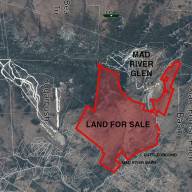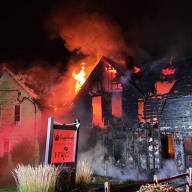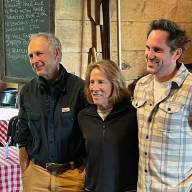Kudos to Yestermorrow for its thoughtful, educational and inspirational lecture series on housing, a month-long series that wrapped up April 24.
The series has looked at factors that impact the development of housing in our community and beyond and has also illuminated how local developers were successful in creating a ten-lot subdivision featuring small lots, shared infrastructure and including deed restrictions that ensure affordability for at least a decade.
The April 17 lecture featured Kaziah Haviland, Village Trust Program director at the Montpelier-based Vermont Council on Rural Development, who explained how ‘small-scale interventions’ that individuals, families, and communities can undertake can be as impactful as larger development projects.
Haviland pointed out that the scale and ease of permitting and construction accessory dwelling units (ADUs) and/or tiny house is much smaller, speedier, and easier than larger projects. ADUs are dwellings that are often built on the same lot as a primary residence, as a finished apartment above a garage or as a small (or tiny) unit on the same lot.
There are currently $50,000 grants for people to build ADUs which require that those units remain affordable (as defined by the state) for five years or ten years with affordable defined as renters spending no more than 30% of household income on housing.
An important point that Haviland made is if 11 people in a community add an ADU annually, the net effect, after three years, is more new units (33) than could be developed in three years by a larger scale development project with 25-30 units.
That’s a good perspective and an important one as our communities and communities across the state struggle with a housing crisis that is impacting employee housing, missing middle housing, affordable housing and workforce housing. Small-scale interventions may be critical to our future.
Of course, all housing development depends on sufficient infrastructure- think water and wastewater, as well as zoning regulations that are compatible with increased density, smaller lot sizes etc. Fortunately, work is underway in many Valley towns on land use regulations as well as much needed infrastructure.












